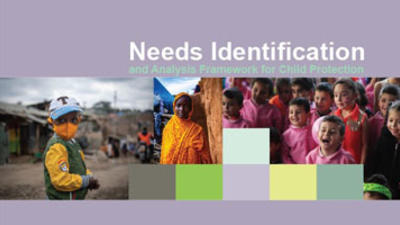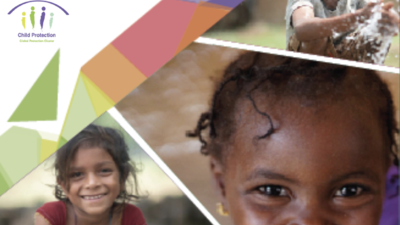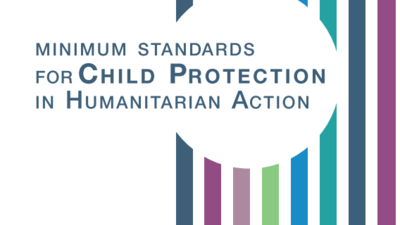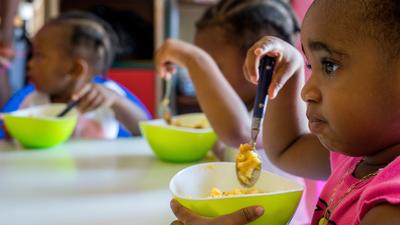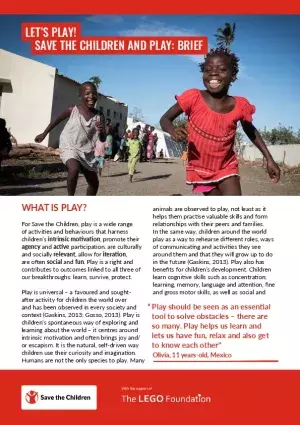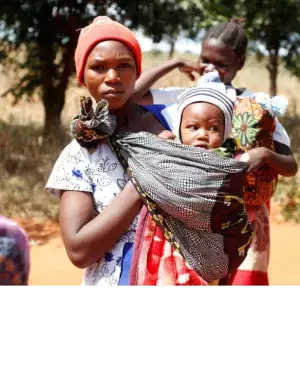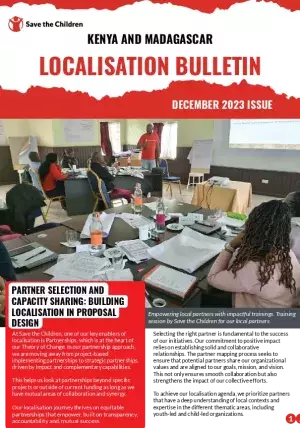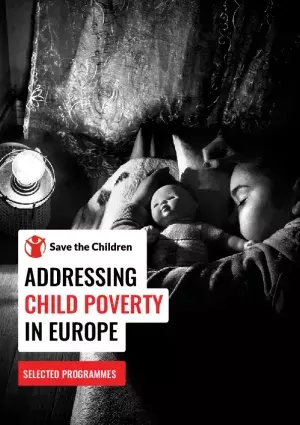Request tailored, remote support on child protection coordination, information management, and thematic areas.
Demander un soutien à distance sur mesure pour la coordination de la protection de l'enfance, la gestion de l'information et les domaines thématiques.
Solicite asistencia remota sobre coordinación en Protección de la Niñez, gestión de la información y otras áreas temáticas.
.قم بطلب دعم مخصص عن بعد في أي من مجالات تنسيق حماية الطفل وإدارة المعلومات أو أي من مواضيع حماية الطفل الأخرى
Resource search
Featured Resources
Let’s Play! Save the Children and Play: Brief
Play is a right and contributes to outcomes linked to all three of our breakthroughs: learn, survive, protect. This Brief is a teaser to the full Guidance Note – where we look more deeply into what play is and how it might contribute to children’s learning and development outcomes. Want to learn…
Connect Tanzania Impact Evaluation Baseline Survey First-time Mother Questionnaire
The FTM Questionnaire aims to capture information about adolescent and young first time mothers (FTMs; ages 15-24) in Tanzania. The questions were developed specifically for baseline data collection for the quantitative impact evaluation of Save the Children’s Connect Project in Tanzania to capture…
Let’s Play! Save the Children and Play: Guidance Note
The purpose of this guidance note is to provide a framework and guidance for Save the Children’s work with play. It focuses primarily on our programmatic work with children, from babies to adolescents and provides content for advocacy work. The final section looks to spark a conversation…
Localisation Bulletin: December 2023
At Save the Children, one of our key enablers of localisation is Partnerships, which is at the heart of our Theory of Change. In our partnership approach, we are moving away from project-based implementing partnerships to strategic partnerships, driven by impact and complementary capabilities. This…
Joint briefing on systems innovation and the Swedish development sector
This briefing captures insights that have emerged through Interaktiv kapacitetsutveckling för systeminnovation i utvecklingssamarbete/ Interactive capacity development for system innovation in development co-operation (IXUS), a partnership among Sida, Rädda Barnen (Save the Children Sweden), and…
2024 Malawi Country Office Stories of Change SHIFT Campaign
Shift is a Save the Children campaign accelerator designed to support young activists to design and deliver public campaigns for social or environmental change. In Malawi, since April 2022, the youth campaigners are taking lead in addressing critical issues such as waste management, school dropouts…
Breaking Structural Barriers Achieving the SDGs: Voluntary Mid-Term Review of the SDGs in Nepal
The Sustainable Development Goals (SDGs) National Network Nepal, an open and independent platform comprising civil society major groups and individuals, pursued the Voluntary Mid-Term Review of SDGs (VMTR 2023). The theme of VMTR 2023 was “Breaking Structural Barriers: Achieving the SDGs,” with the…
Learning Tree, an Innovative Mobile App that Improves Children’s Learning: Key Findings from a Pilot Study
Every child has the right to learn. Yet despite significant progress over the last decade, hundreds of millions of children globally are missing out on an education. In 2021, Save the Children developed Learning Tree – an innovative mobile application that enables children in low-resource and…
Addressing Child Poverty in Europe: Selected programmes by Save the Children
This overview provides information about selected work of Save the Children members and offices in 14 European countries to address child poverty in the region. It highlights key areas of focus, explains who the main beneficiaries are and showcases some positive activities and results towards…
Preventing Violence Against Children Case Studies
As part of the Global Child Protection AoR and World Vision Germany initiative in 2021 to accelerate preventing violence against children in humanitarian settings, a number of case studies have been produced, documenting good and promising practices related to preventing violence against children…
Filter results
Publication Date(selected 0)
Theme(selected 0)
Sub-theme(selected 5)
Country(selected 0)
Language(selected 0)
Type of Resource(selected 0)
Can’t find what you’re looking for?
Contact your relevant language Help Desk




